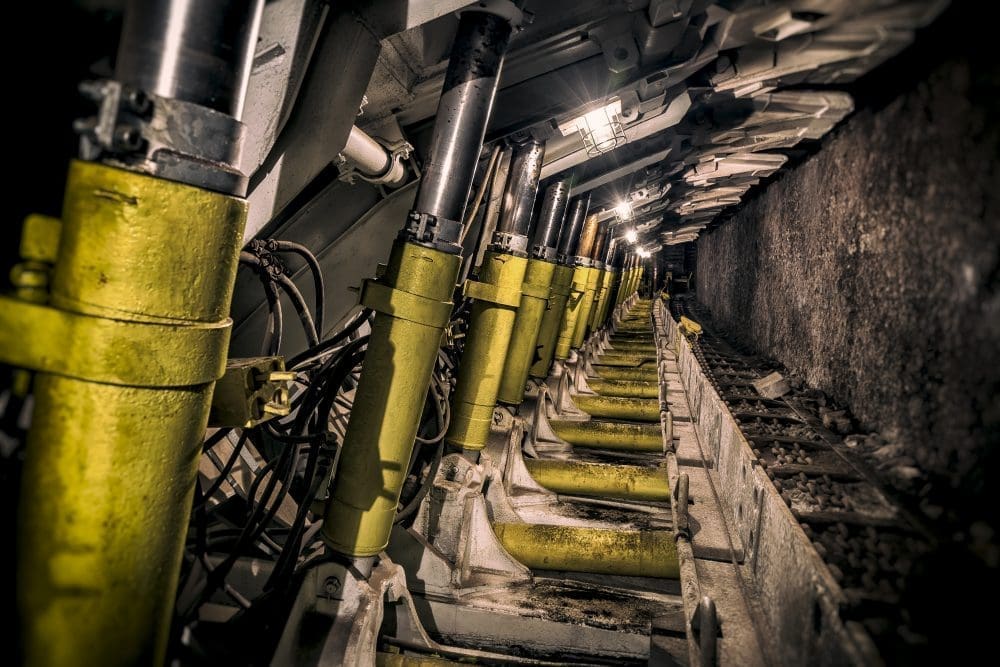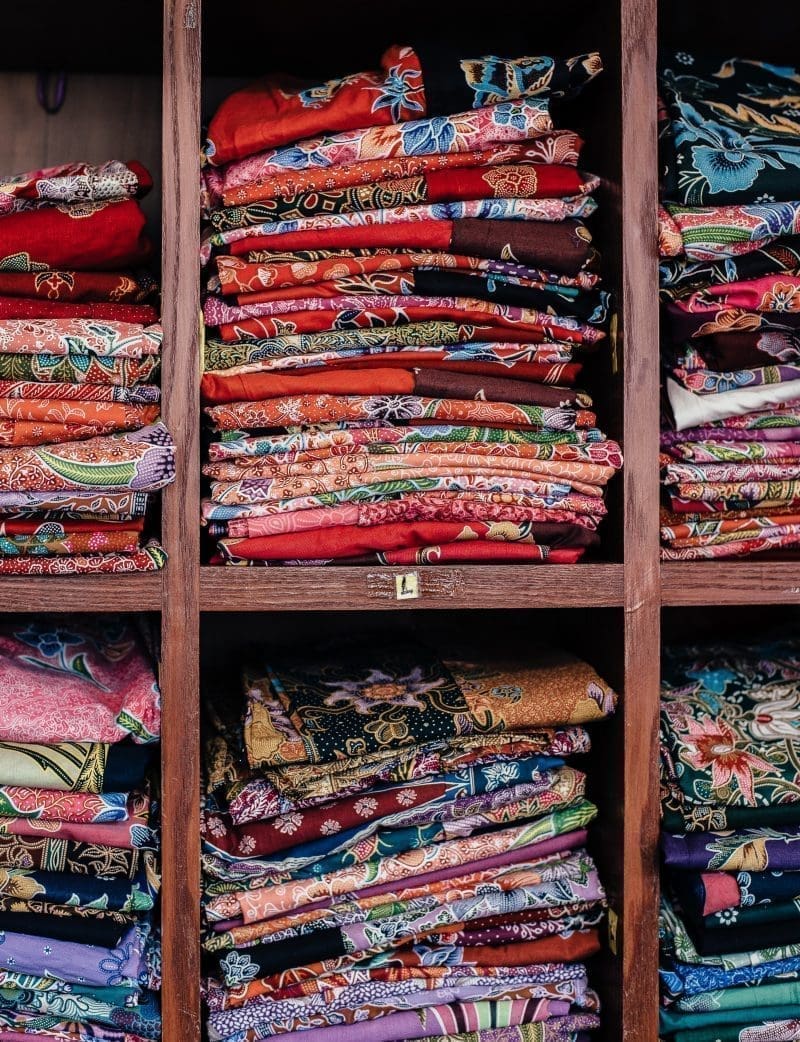The term Conflict Minerals describes 4 elements – Tin, Tantalum, Tungsten and Gold, and is commonly referred to as 3TG. But what makes these minerals “Conflict Minerals”?
In short, if the income derived from the trading of these minerals is used to finance armed conflict in the Democratic Republic of Congo (DRC) and surrounding countries (DRC region), they are classified as “Conflict Minerals”.
More specifically, it is the origin of these minerals that is important, and whether the ore used to produce these base metals stems from mines illegally controlled by Government troops and militias.
These troops and militias use the significant profits, derived from the mines, to further their own agendas and to perpetuate war though the purchase of weapons. Furthermore, they are responsible for some of the worst atrocities against mankind and gross violations of human rights, including rape, murder and child labour. Civilians from local mining communities are forced to take part in this illegal mining trade. This impacts the legitimate arm of this key industry, which is critical to the sustainability of the DRC economy, and to the protection of its people.
Minerals sourced from these mines are then smuggled out of the DRC through neighbouring countries like Uganda and Rwanda where they are exported to the Far East and smeltered with minerals from all over the world. Once minerals have been processed or ‘refined’ in this way, it is exceptionally difficult to trace their origin. Conflict minerals therefore easily make their way into consumer products all over the world and can be found in all our electronic devices, including mobile phones, laptops, cars and even jewellery.
The need for intervention
As the biggest source of revenue to these groups stems from this illegal mining trade, this is where the greatest intervention is required. Companies are therefore being asked to source more responsibly, and prevent Conflict Minerals from entering global markets by undertaking appropriate due diligence on their supply chain.
This requires careful investigation of the supply chain – initially, to identify if the products they manufacture or contract to manufacture contain 3TG and then to identify the source of these; in particular, if they originate from mines used to fund conflict. Finally, it involves putting into place remedial action, which could include working with affected suppliers to agree a corrective action plan to resolve identified issues.
Work undertaken by the Conflict-Free Sourcing Initiative (cfsi) is key to this. Not only have they produced a Conflict Minerals Reporting Template (CMRT) that facilitates the collection of information related to conflict minerals, but they have also undertaken audits on smelters (refiners) against agreed protocols to compile a list of smelters that are considered approved or “certified”. This allows companies to make informed choices about conflict minerals in their supply chain.
However, it should be noted that a “non-certified” smelter may not have any association with these armed groups; it simply means that they have not been audited by the cfsi. Such smelters can apply to the cfsi for an audit in order to change their status. Organisations are recommended to source minerals from certified smelters and to exercise caution when it comes to non-certified smelters.
Driving accountability through legislation
The Dodd-Frank Wall Street Reform and Consumer Protection Act, that was passed by the US Congress in July 2010, includes a provision – Section 1502 – that is aimed at stopping the national army and rebel groups in the DRC from illegally using profits from the minerals trade to fund conflict.
Section 1502 is a disclosure requirement that calls on companies to determine whether their products contain conflict minerals – by carrying out supply chain due diligence – and to report this to the Securities and Exchange Commission (SEC).
The US Securities and Exchange Commission (SEC) adopted this in 2012, and issued rules, which require companies registered on the US Stock Exchange to file mandatory annual reports on the use of conflict minerals (3TG – Tin, Tantalum, Tungsten and Gold) that are deemed ‘necessary’ to the products they manufacture or contract to manufacture. They are also required to disclose the measures they have undertaken to exercise due diligence on the source and chain of custody of those minerals.
The due diligence and traceability measures required by Section 1502 are essential to breaking the links between conflict and the minerals trade in eastern Democratic Republic of Congo. They mark an effective first step in the effort to create a conflict-free mining industry in the DRC that benefits the legitimate mining trade, and serves to stop extortion and violence.
In the EU, new regulatory guidelines have been introduced in relation to conflict minerals, which recommend self-certification for importers of 3TG. Although this remains voluntary, increasing pressure from consumers and pressure groups is forcing companies to take a more proactive approach on this matter as part of their corporate social responsibility. Any company that fails to comply may find themselves at the forefront of some bad press.



